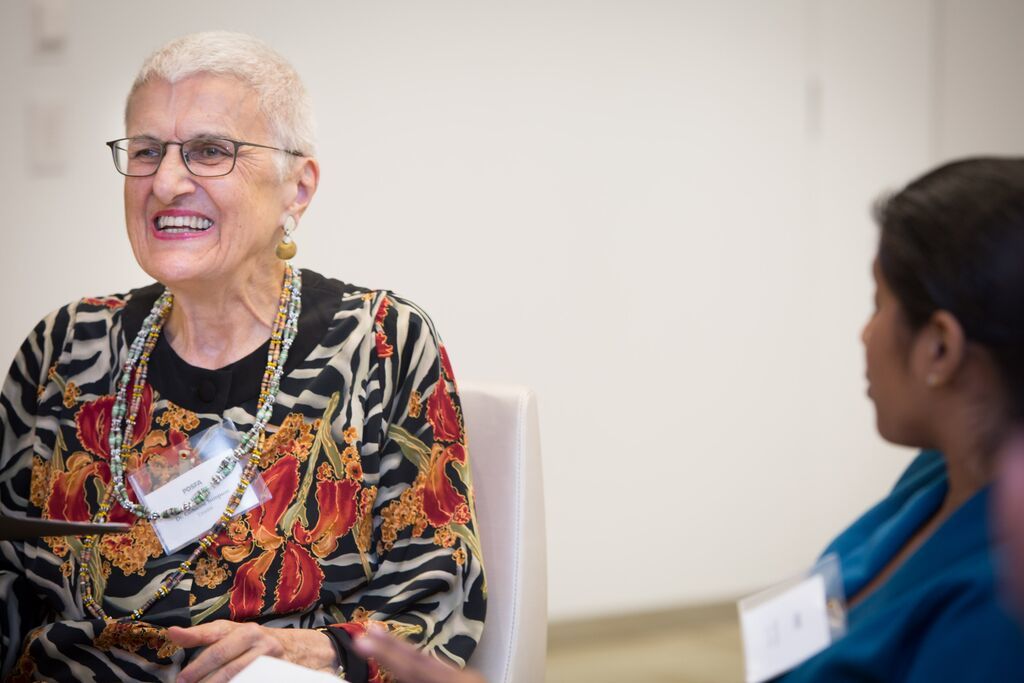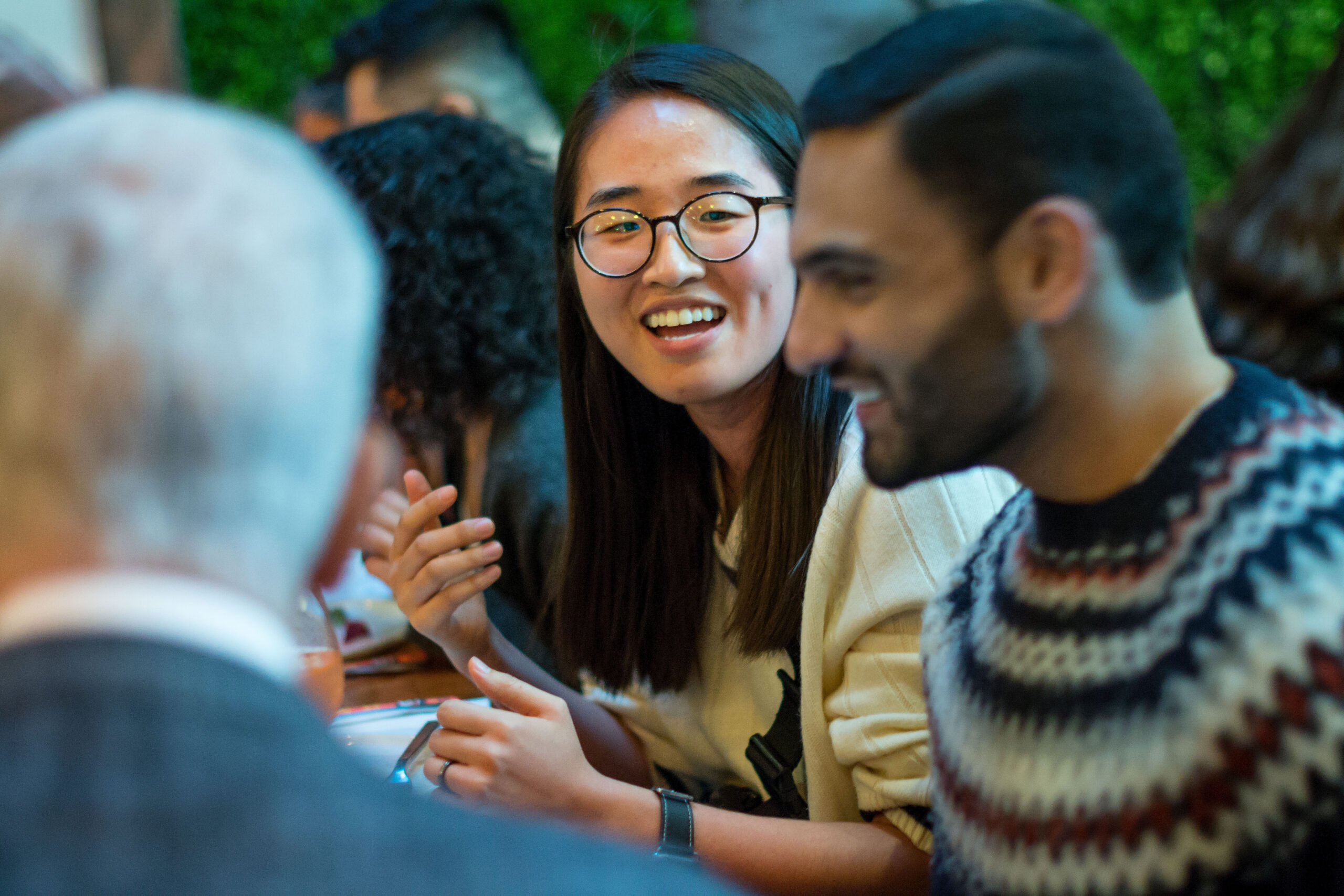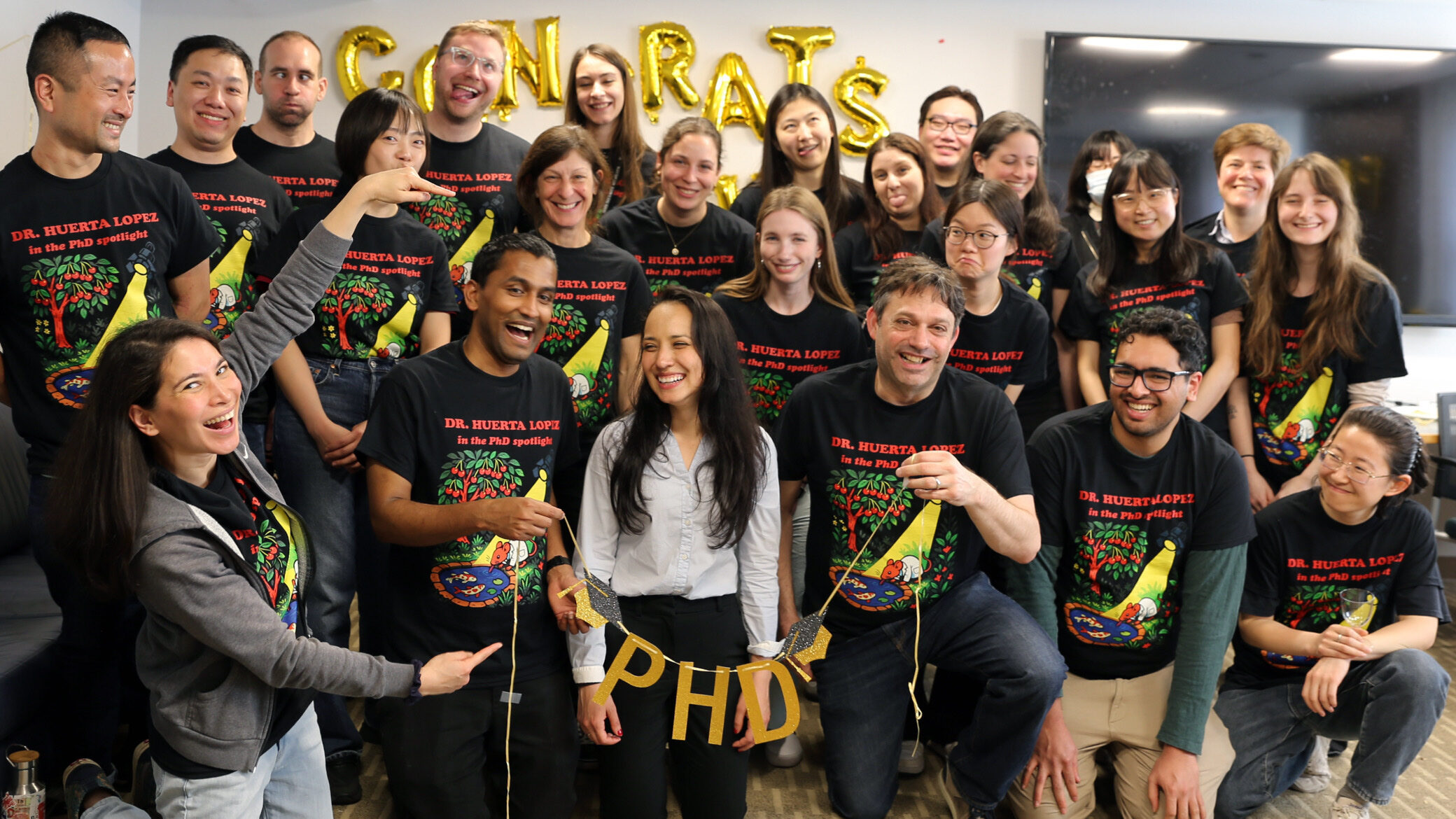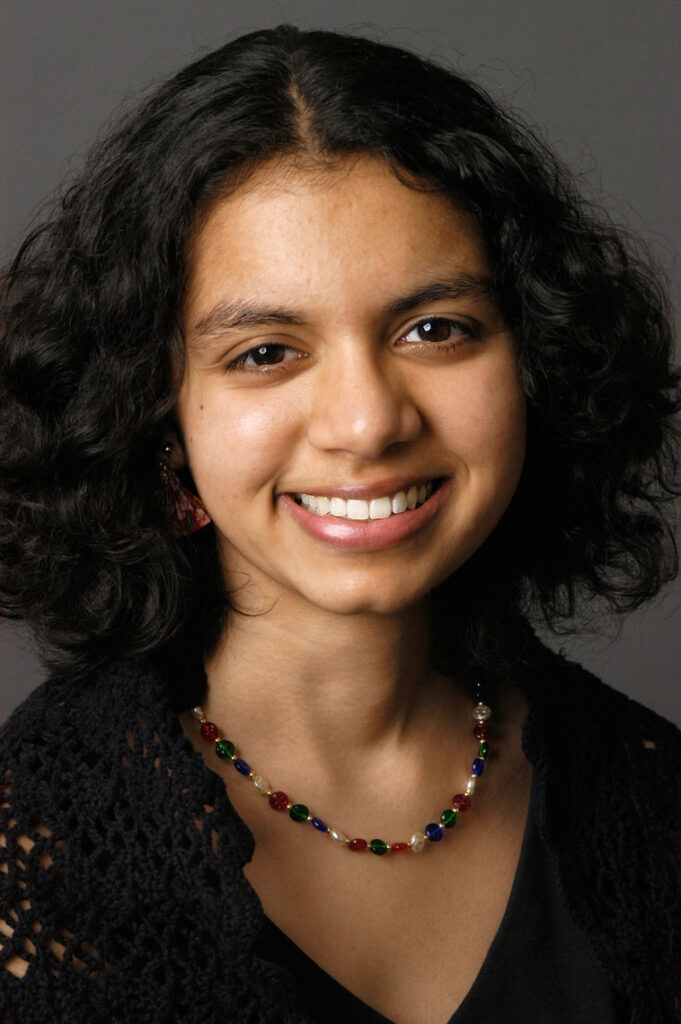- Board of Directors
Honoring Catharine Stimpson

Interview by Janani Sreenivasan (2004 Fellow), writer performer, and filmmaker in Brooklyn.
Editor’s Note: Portions of this piece appeared in the 2015-2016 issue of The New American.
Throughout her career, Catharine (Kate) Stimpson has excelled in multiple arenas while preparing others to do the same, which is why she has been an important part of the Fellowship’s board since its founding. When Paul and Daisy first asked Kate to join the board in 1998, she was the director of the MacArthur Foundation’s Fellows Program and in a perfect position to help shape the Fellowship.
Like many of the Fellows, Kate has not limited herself to one profession; she built her career as a graduate dean, professor, and an early architect of the field of women’s studies at Barnard College, Rutgers University, and New York University. As a public intellectual with an ever-evolving roster of interests she has worked with organizations such as the New York State Council for the Humanities, the National Council for Research on Women, and PBS.
I had the opportunity to talk with Kate recently about her career, her tenure on the Paul & Daisy Soros board (1998-2014), and how to play a “long game.”
Before we get into talking about the Fellowship, can you speak a bit about your own academic interests?
I started in literature; my degrees are all in literature. In the 1960s I began to look through at literature through the lens of women’s studies, and in the early 1970s I founded the interdisciplinary academic journal Signs: A Journal of Women in Culture and Society, where we were looking across all disciplines for innovative and rigorous work about women. One of my literary focuses at the time was that radical writer, Gertrude Stein. And like others, I began to look not only at the painful and triumphant experiences of individual women, but at structural issues of gender.
After I began to do more administration, I began to write more about cultural issues, educational issues (for example, looking into the nature of the corporate university). I did a lot of work on the liberal arts and the humanities. My most recent publication, Critical Terms for the Study of Gender, co-edited with Gilbert Herdt and published by the University of Chicago Press, came out last summer, 2014, and the Fellowship program organized a seminar and discussion of the book for Fellows and their guests.
How did you get introduced to the Fellowship?
I met the Soros’s when they were thinking about establishing the Fellowship. I was introduced to them by a mutual friend who was then also an initial board member. I had been working for four years at the MacArthur Foundation as director of their Fellows Program, and it was thought that perhaps my experience at MacArthur would be helpful to Paul and Daisy as they thought about what they wanted to do. I then became a member of the initial Soros board.
You’ve been a board member and player in several other major organizations – how did you find time for the Soros board?
I was just finishing up with MacArthur when Soros started, and when Paul and Daisy asked me to be on the board, I found it irresistible. I wanted to make it a priority. One reason was because of the family itself – Jeffrey (Paul and Daisy’s son) and I had served together at Creative Capital, which gives grants and fellowships to artists, and I had a lot of respect and affection for him. And Paul and Daisy themselves I found to be magnificent human beings – people with such integrity and courage – and the opportunity to work with them was an honor. I also thought their purpose was compelling: the chance to be able to support the policies of immigration and the goals of specific new Americans was an opportunity that doesn’t come along that often. It was an honor to be asked.
Do you have specific memories of Paul and Daisy?
They had quite different personalities. Paul was very courtly, while Daisy is famously effervescent. I admired their backgrounds, their courage in coming to America as new immigrants, and the life they had made as new Americans; I was also impressed by their philanthropy and their adamant insistence on giving back. I was drawn in to collaborating with them by quite a triple threat: their personal examples and histories, with all that courage; their giving back and contributing to society through philanthropy; and the idea of the Fellowship itself, which they wanted to implement in a rigorous and innovative way.
One specific memory: they were to receive an honorary doctorate from Bates College, in the early aughts, and I still remember them speaking with the Bates community about their philanthropy and their lives, and how utterly charmed everyone was. Not charm in the sense of superficiality, but charm in the sense of, these are two exemplary and exceptional human beings. Everybody who knew Paul misses him.
What was your specific connection to the vision of the organization and to issues surrounding immigration and diversity?
To go back a little, I got into women’s studies in the 1960s, and it of course was very indebted to Black studies; I taught the first Black Literature and Women in Literature courses at Barnard College. It seemed to me that these works reflected the demographic realities of the United States; the art coming out of our diverse American culture was so extraordinary, and American culture was being so enhanced and transformed by our diversity. It was not a case of me being a little noble white woman; it was a case of me being excited and grateful for what was happening to our culture. In terms of the kind of work that was being done, the dances that were choreographed, the novels being written, the songs that were being sung – the ideas that were being suggested – I feel myself very lucky to have been a part of that time: a young woman in the 1960s in New York. It was a wonderful moment to be altered by history.
Then, throughout my career I was very active in multicultural activities and in helping to create responsible multicultural curricula. Much of my academic work had been on the topic of diversity, and that was the theme of my 1990 presidential address at the Modern Language Association. It is inconceivable to me that people still deny we live in a multicultural, diverse society, but the human race is not a perfect species, and that comprehension can depend in part on where you live, in part on choices you make with your friends and your profession. That’s why it’s so important that we have people like Paul and Daisy, who recognize that diversity and excellence go hand in hand.
What else attracted you about working with the Fellowship?
The thing that was really special about the Fellowship was its support of graduate and professional education. There’s a good deal of support out there for undergraduates, assuming people can make it that far, but to get that support, those grants, for graduate and professional education is much harder. It’s true that since the 1990s there has been much more support for PhD students, but it’s much harder to get support for master’s education, medical school; how many scholarships are out there for medical school, for law school, for MBAs? Part of the value of the Soros Fellowship is that they saw this particular need to support new Americans in their graduate and professional work. The award could be used to further a career in a master’s program, or a PhD program, or an MD or a JD, or an MBA, and it was really significant that the Fellowship could help people make these great leaps after their initial degree.
On another note, I’d always been a believer in the possibilities of the individual, and fellowships and scholarships are a tribute to those possibilities, in our case the possibilities of New Americans. And in considering them, we spent some time studying the trajectory of a career: how had this person come to where they were? What did it take to get where they were? What resilience did they show to get to where they were?
What were your particular contributions to the Board?
To quickly note something about the board atmosphere: I was always very cognizant that this was a beautiful family endeavor, involving Paul and Daisy and their sons. It was not like being a board member of a public corporation; it was entirely different. It was a group of extraordinary people who worked together in a very collegial fashion, under the leadership of Paul and Daisy. It was no one’s place to march in and be a little Napoleon. We were all there to serve the purposes of the foundation. Being on that board gave me more than I gave it.
If there was anything special I brought – and it was a board of enormously wise and experienced people – what I brought was my experience as a fellowship administrator at MacArthur, whose purpose was to find exemplary talent, as well as a graduate dean at a public university, Rutgers, and at a private university, NYU. As a graduate dean I had awareness of what’s going on in professional schools as well as in arts and sciences programs. When I was the graduate dean at Rutgers I dealt with a large portfolio – engineering, agriculture, library science, arts, pharmacy – so I was aware of issues in graduate and professional education across all areas.
As board members we made suggestions about policy changes, asked questions about the criteria we were using, checked to see if we were representing all the new countries where new immigrants originated. We asked about communication, about whether people were sufficiently aware of what the Fellowship was doing. And board members always looked very carefully at the vita of the finalists before voting; all Fellows had board approval. I have done interviews. And I remember reading those applications, and more than once I burst into tears because of the courage that they showed. I remember sitting there with our board books, our briefs, looking at the biographies, and they were just triumphs of the human spirit: combinations of things that were overcome, and sheer ambition. The ambition was really to do good, to go out and make a new invention or a new composition, write a new poem, put together a new company, create a new medical device; it sounds corny, but they wanted to change the world. Born into a changing world, they wanted to change the world in beneficial and positive ways.
What has the board achieved?
You might ask, what has the program as a whole achieved? The board is only a part of it. The board is a legal governing structure under the leadership of the family, and I would say it has realized two primary achievements.
One is helping to counteract anti-immigration frenzy, showing that immigration is a powerful and positive thing for the United States, and that new Americans are powerful and positive citizens. Our first achievement is in supporting that very important idea.
Secondly; just look at the Fellows themselves: “By their fruits you shall know them.” The fruits of the foundation are the lives and careers of the particular Fellows. That’s the test of any fellowship.
How has the scope of the organization’s work changed?
The purpose has remained steady. I think the importance of communication is more and more recognized; websites, social media, etcetera. Every organization has to go through that, maintaining virtual visibility; it’s a common challenge. We began to get a wider range of applicants, including more from African countries.
With the program now going for over 15 years, one thing we’d have to begin to look at now is career trajectories of Fellows. We now have the material to map those trajectories and to ask: do Fellows hit the work/family barrier? In particular, are Fellows now becoming more and more responsible for elder care and child care, especially because so many of our Fellows come from cultures with strong familial obligations? How has that influenced their careers? Are those particular burdens pulling more heavily on female Fellows?
Of course these are all very personal choices, but this issue did come up when we had the workshop on Critical Terms for the Study of Gender, and I did suggest then that the foundation needed to examine the intersection of career trajectories and child and elder care, especially as career progress and these burdens become more apparent. What’s abstract at 22 feels much realer at 32, 42. That might be something that the foundation could get behind: workshops to help Fellows anticipate these later-life challenges.
Any Fellows who stand out?
That’s like being asked to identify your favorite flower in a beautiful garden.
What are your fondest memories?
The whole thing was very positive, it’s hard to pick out a specific memory. I always enjoyed the new Fellows coming in and the annual conference and reception at the Soros home; the operas, plays, restaurants, introduction to the life of New York. Hearing people saying “I’ve never been to the opera before, I never thought I’d go to the opera,” and giving them those opportunities. That was one of the things that makes it such a very special Fellowship, as well as Paul and Daisy opening their hearts and their home. It was not an abstract bureaucracy; it was a family.
What was behind your decision to move on?
In the beginning, the board operated on a basis of collegiality. But every board, as it matures, must have more rules and more systems. And it was time to have term limits. Every board has to do it, bring in the fresh blood and set those limits; it’s just good board practice. We had a wonderful ceremony of farewell. But I don’t feel I’ve left. I’m not on the board, but I will never leave the principles of the Fellowship. I’m always very glad to go to events; I really do feel a part of the extended family. And occasionally, I recommend some people as potential board members.
What’s next for you?
I have some other writing projects, and I’ve got my work in the arts. I’m just lucky to be alive! There are a couple of other boards I’m on. I do some work for the Open Society Foundations and for Scholars at Risk; which helps scholars who are being persecuted in countries outside the United States. There’s always work that has to be done.
Any advice for Fellows starting out in their careers from someone in the late stages of a successful career?
Ha! I hate that term, late stage—really, it’s a new beginning. Every day is a beginning.
A career is a long game. In working with arts organizations and artists, I see that question arise of how to remain faithful to yourself. In many fellowshp programs—I saw this in MacArthur—people who win a fellowship compare themselves to the others and think I’m not living up; what are they going to think of me; I must be the choice who shouldn’t have been made. MacArthur Fellows have actually said all these things to me. These doubts go with the territory. Did I deserve this? Am I as good? Am I one of their mistakes? Just go with it and trust that you’re not a mistake.
In the end, I have two really important things to say, especially for Fellows who have worked so hard and have such honorable ambitions.
One: failure is inevitable. Trial and error consists of two words; trial and error. Don’t be afraid. You’re not broken by one failure.
Two: Don’t forget the importance of kindness. What goes around comes around. Always remember to be kind. ∎
Keep Exploring
-
 Read more: Kathy Ku Steps into Leadership as PDSFA Chair
Read more: Kathy Ku Steps into Leadership as PDSFA Chair- Board of Directors
- Fellowship News
Kathy Ku Steps into Leadership as PDSFA Chair
-
 Read more: Q&A with MD/PhD Student Silvia Huerta Lopez
Read more: Q&A with MD/PhD Student Silvia Huerta LopezQ&A with MD/PhD Student Silvia Huerta Lopez
-
 Read more: PD Soros Eligibility Guide for PhD Applicants
Read more: PD Soros Eligibility Guide for PhD Applicants- Applicant Information
PD Soros Eligibility Guide for PhD Applicants
-
 Read more: Watch: Optional Exhibits & Recommendations
Read more: Watch: Optional Exhibits & Recommendations- 2025 Information Sessions
Watch: Optional Exhibits & Recommendations
